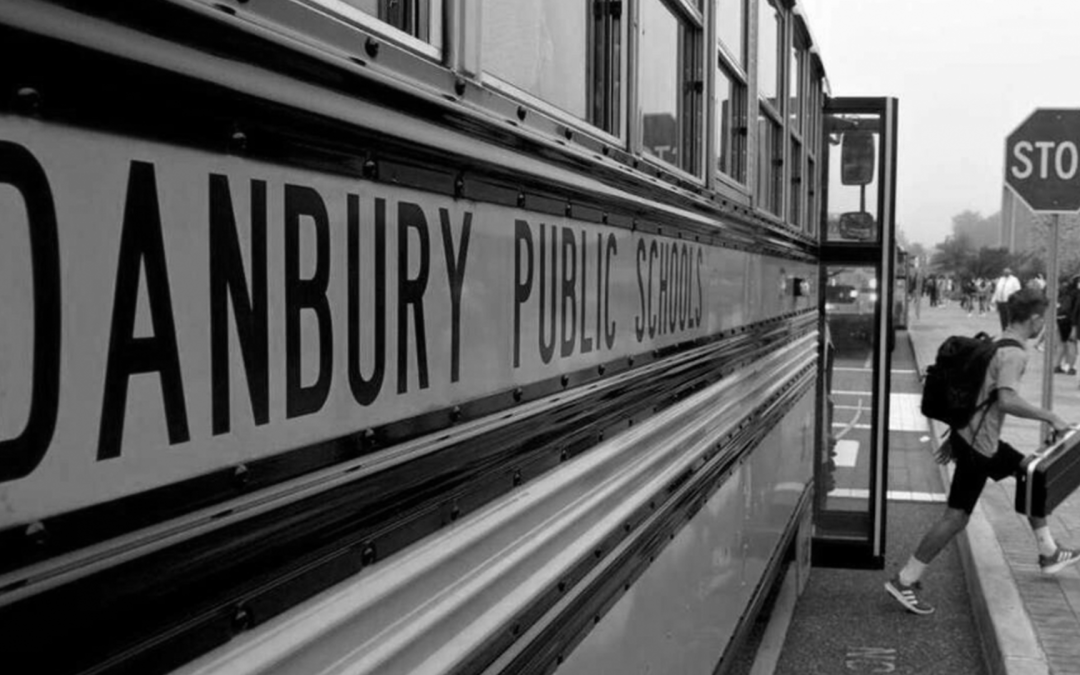The increasing availability of artificial intelligence (AI) programs poses challenges for educators in detecting and addressing their use by students. Here are key points from the article:
Difficulty in Detection:
-
- AI programs, such as QuillBot and ChatGPT, can quickly generate essays, answer questions, and perform various tasks, making it challenging for teachers to detect their use.
- Unlike traditional plagiarism, proving the use of AI is difficult, and students often deny it when confronted.
Educational Approach:
-
- Some educators prohibit the use of AI in assignments, emphasizing the importance of critical thinking and original work.
- Others explore ways to incorporate AI effectively into classroom planning and lesson integration, acknowledging its potential benefits if used responsibly.
Responsibility of Educators:
-
- Educators are encouraged to educate students about AI, its capabilities, limitations, and ethical use.
- The focus is on helping students become critical thinkers, guiding them to use AI as a reference rather than a sole source of information.
Individual vs. Statewide Policies:
-
- There is no uniform policy across school districts, and individual teachers handle the use of AI differently.
- Addressing AI effectively is seen as the responsibility of individual teachers who know their students and their work.
State Department of Education:
-
- The state Department of Education’s stance on AI in education is not explicitly mentioned, and requests for comment were not returned.
Workshops and Committees:
-
- Some school districts, like Ridgefield and Brookfield, engage educators in workshops and committees to address AI-related challenges.
- Ridgefield created an AI K to 12 committee to navigate the gray areas and set guidelines for responsible AI use.
Ethical Considerations:
-
- Emphasis on building a sense of ethics and morals among students to encourage original thinking and discourage reliance on AI for tasks.
Use of Technology Features:
-
- Teachers can use technology features like version history in Google Docs to detect instances of students copying and pasting entire reports from AI-generated content.
Assignment Design:
-
- Teachers are encouraged to reevaluate assignments to ensure they challenge critical thinking skills, making it difficult for students to solely rely on AI.
Adjusting Assignments:
-
- Shifting from task-oriented assignments to those promoting creativity and critical thinking may discourage dependence on AI.
The evolving landscape of AI in education requires a thoughtful approach, combining awareness, education, and ethical considerations to ensure its responsible integration into the learning environment.

Author of Social News Outlet, Tanvi Garg weaves compelling narratives that illuminate the human stories behind headlines.

